I was searching fo an OAG solution I can use for my CANON EOS EF-Systems at my Baader Travel Companion 95/580 behind the Baader Field Flattener and(!) at my Vixen VISAC VC200L at 1800mm.
A requirements driven purchase of the Pegasus Astro Indigo OAG
Here are my MUST requirements:
- The OAG must be “rock-solid”.
- The OAG must be <= 18mm.
- The OAG must support fullformat cameras.
- The OAG must fit the backfocus of my Baader M68 Field Flattener. (76.1 mm inkl. 44mm EOS EF)
- The OAG must have a large mirror.
- The OAG must have an adjustable prism.
Here are my SHOULD requirements:
- The OAG should be as lightweight as possible.
- The OAG should directly support my 1.25″ guiding cameras
- The count of different manufacturers for the optical train should be minimized.
Secondary goals to achive:
- Reduce the weight of the system.
Process of purchase
What the manufacturer promises
In the beginning I did some research and came up with a clouple of OAG available on the market. The process finally led me to the Pegasus Astro Indigo OAG.
The OAG must be “rock-solid”, thin and lightweight
As the website of Pegasus Astro promises, the Indigo OAG is made of “airplane 6061 aluminium” – I dont know what that means, but it sounds cool. The manufacturer says, it “ensures a lightweight and a solid peace of equipment”. Indigo OAG – Pegasus Astro
But how thin is thin? The OAG itself got a width of 10mm – but without any thread. This means that there are adapters needed. One nice fact for future use may be, that the OAG can be directly mounted to the Indigo Filter Wheel. But this was not part of my decision … yet.
The package includes two adapters. In my case I need them both!
- one M54 female adapter (4mm thickness)
- one M48 female adapter (4mm thickness)
The OAG must support fullformat cameras
The Indigo OAG has a “clear aperture of 53.5mm”. This should be enough to support fullformat without throwing shadows.
Large mirror and adjustable prism
- The mirror is 12x8mm large, multicoated and anti-reflection.
- The prism is adjustable
The schematic did help me a lot in my planning process.

The Indigo OAG comes with a 1.25″ guiding camera connection barrel. – Which is nice, since I use a QHY5III462C camera for guiding.
Backfocus calculation
The exactly needed backfocus behind the Baader M68 Field Flattener at my Baader Travel Companion is 76.1mm. So I did a calculation:
| Product / Part | optical length |
| CANON EOS EF | 44,0 mm |
| Baader Wide-T-Ring Canon | 8,3 mm |
| Baader S52-M48 Reducer | 0 mm |
| Baader Adapter M48 male to M48 male | 0,8 mm |
| Pegasus Astro M48 female adapter | 4,0 mm |
| Pegasus Astro Indigo OAG | 10,0 mm |
| Pegasus Astro M54 female adapter | 4,0 mm |
| Baader Adapter M54 male to M68 male | 5,0 mm |
| 76,1 mm |
All this together did sound very promising. So I ordered all the needed parts and tried it.
My real world experience
So, and then it arrived. What’s in the box?
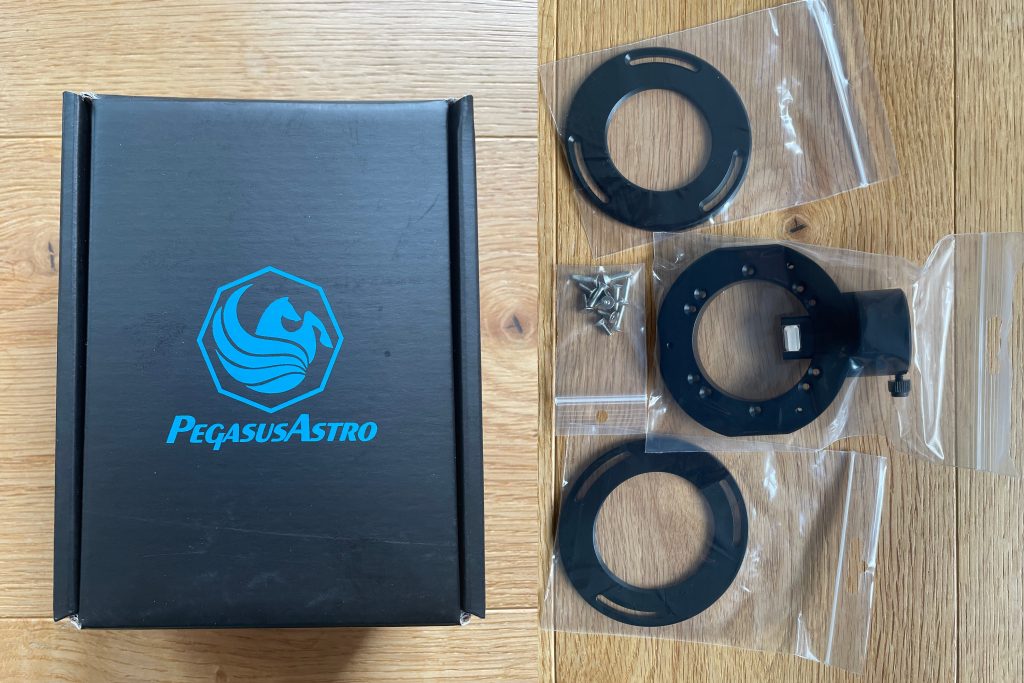
In the box are the Indigo Off Axis Guider and two adapters incl. the needed screws.
Here two pictures of the OAG without the adapters:

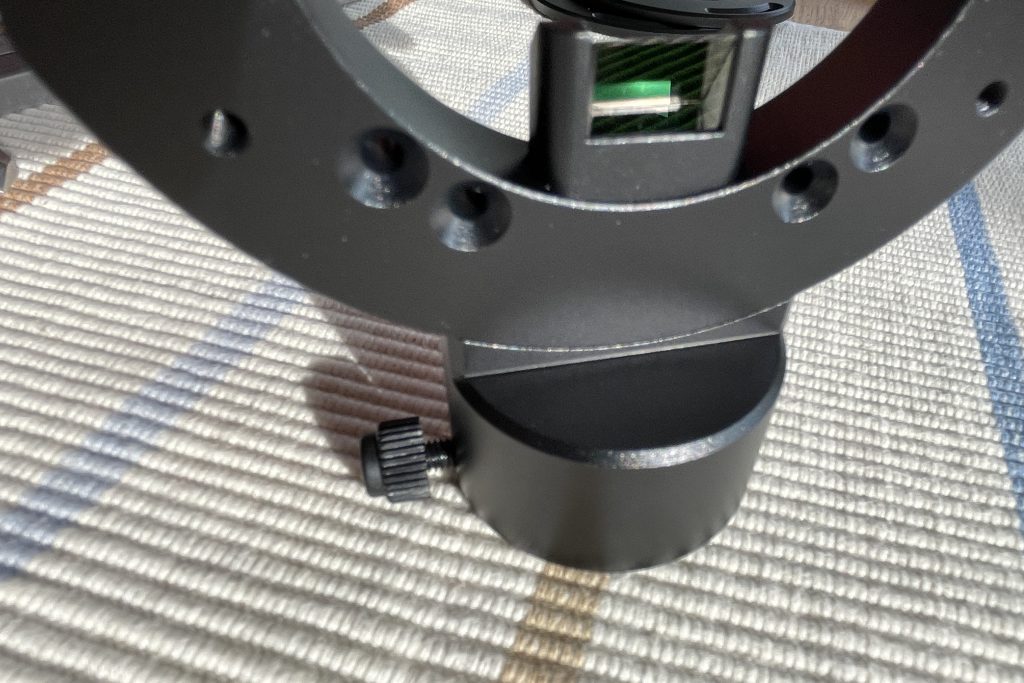
The 1.25″ camera barrel holder and prism
The camera barrel holder can be unattached and, if there were an alternative, easily changed. Also the length of the prism can easily be changed. The quality of the parts is absolutely fantastic.
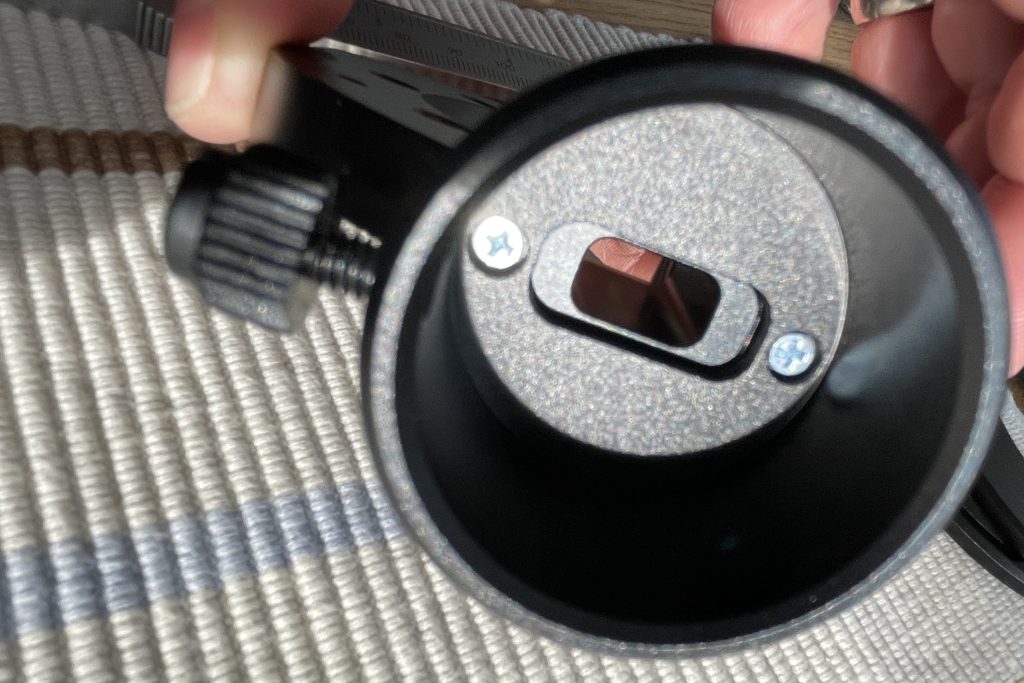

Wheigt and total weight improvements
One of the reasons I wanted to switch to an OAG was that I wanted to reduce the total weight of my telescope.
Here are the weights of the components:
The weight of the 3 components:
Left: M54 adapter – 30g
Middle: OAG itself – 120g
Right: M48 Adapter – 38g

The complete system weights about 190g.

With the Off-Axis Guider as part of the Imaging System on my Baader Travel Companion I can replace the Top 3″ Losmandy Plate, the Guide Scope rings and the Guide Scope itself. The weight of these components were more than 1kg.

Weight reduction of >5kg 🙂
With the Indigo OAG instead of the Guide Scope I was able to reduce the weight of my Imaging System with the Baader Travel Companion for more than 5kg. Why that? Because I was able to balance my system with only one 5kg weight on my HEQ5 PRO instead of using both.
This is a great improvement!
The new Image Train as calculated
In the table above I calculated the needed backfocus behind the Baader M68 flattener. Here it is:

And here the 1st light version (without nice cable management – which was fixed meanwhile! )

The most important – The guiding Quality
I tested the guiding and I love it. Here are two guiding results. The first with my 590mm Baader Travel Companion and the second with my 1800mm VIXEN VISAC VC200L. Both with my “belt modded” and “hypertuned” Sky Watcher HEQ5 Pro.

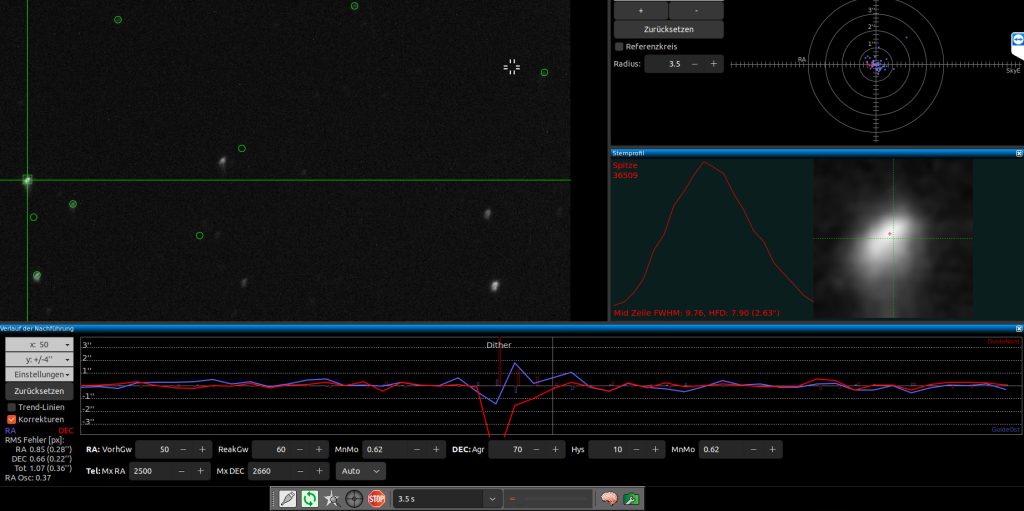
I tried a different OAG a few month ago with a smaller mirror in my VC200L – I was not able to find any guide star.
For me, the change to the Pegasus Astro Indigo OAG was the right choice.
If there will ever be an improved version of the barrel for the Indigo, maybe a helical focuser, I would upgrade.
My two first Astrophotos with the Indigo OAG on Astrobin:





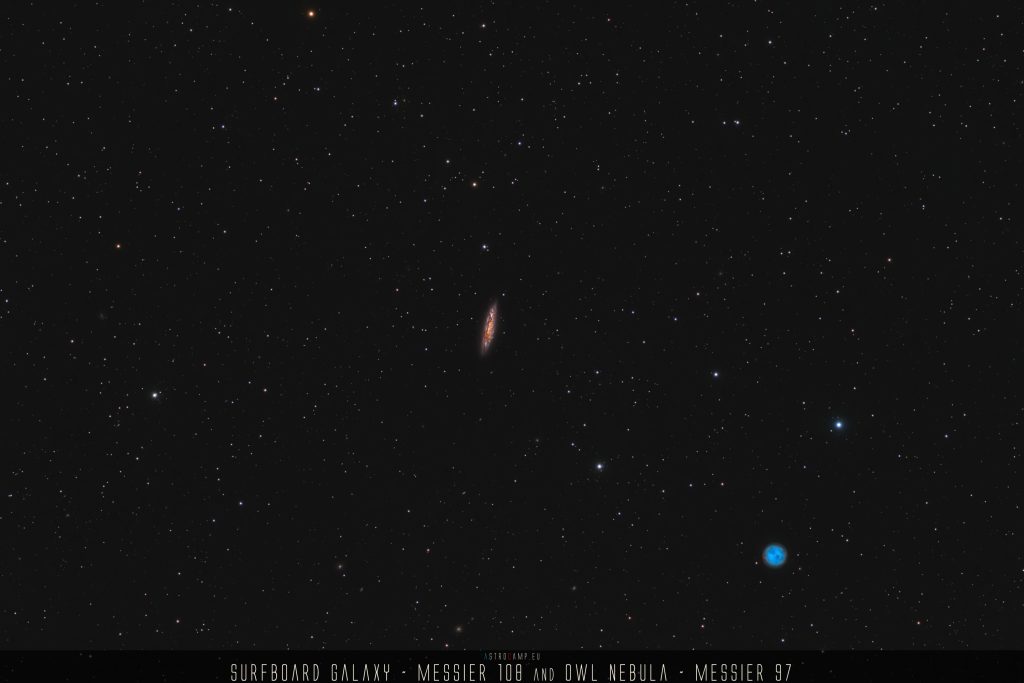
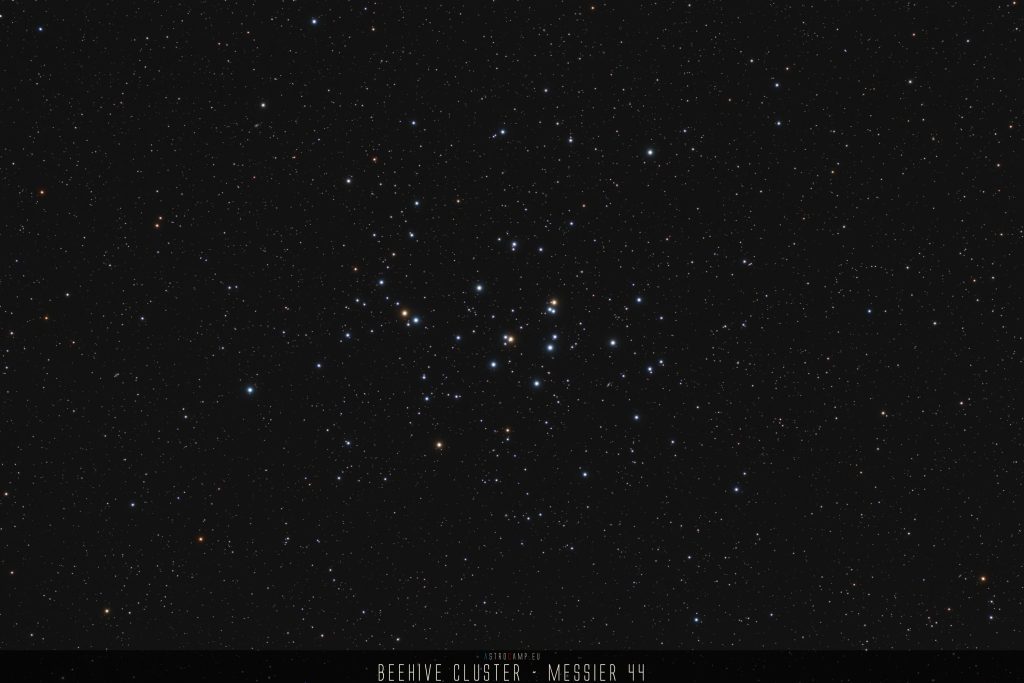
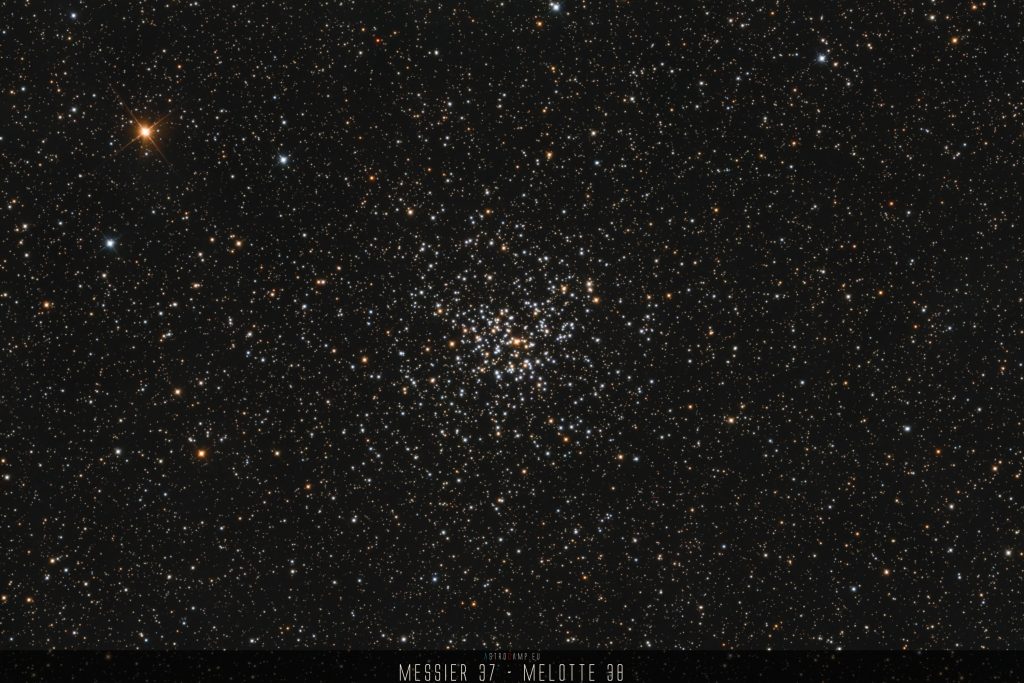
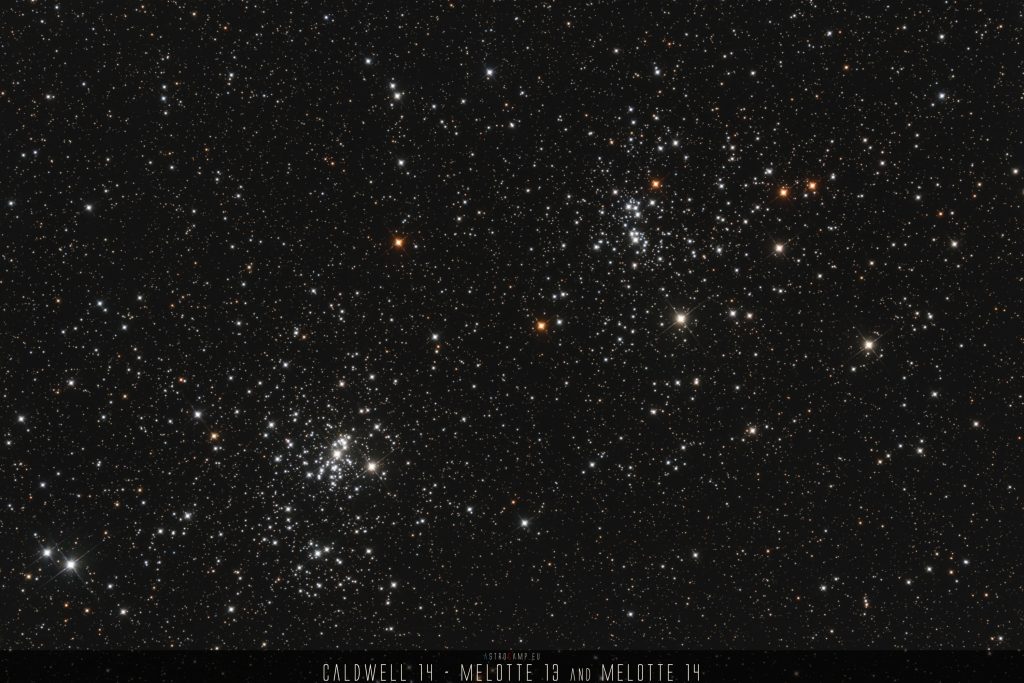
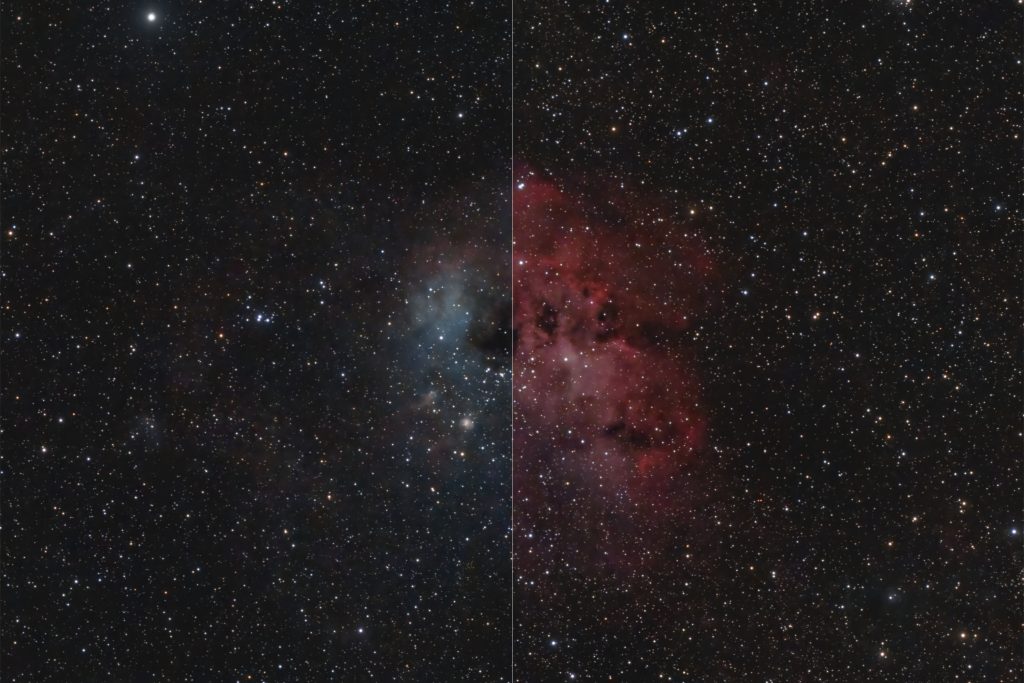

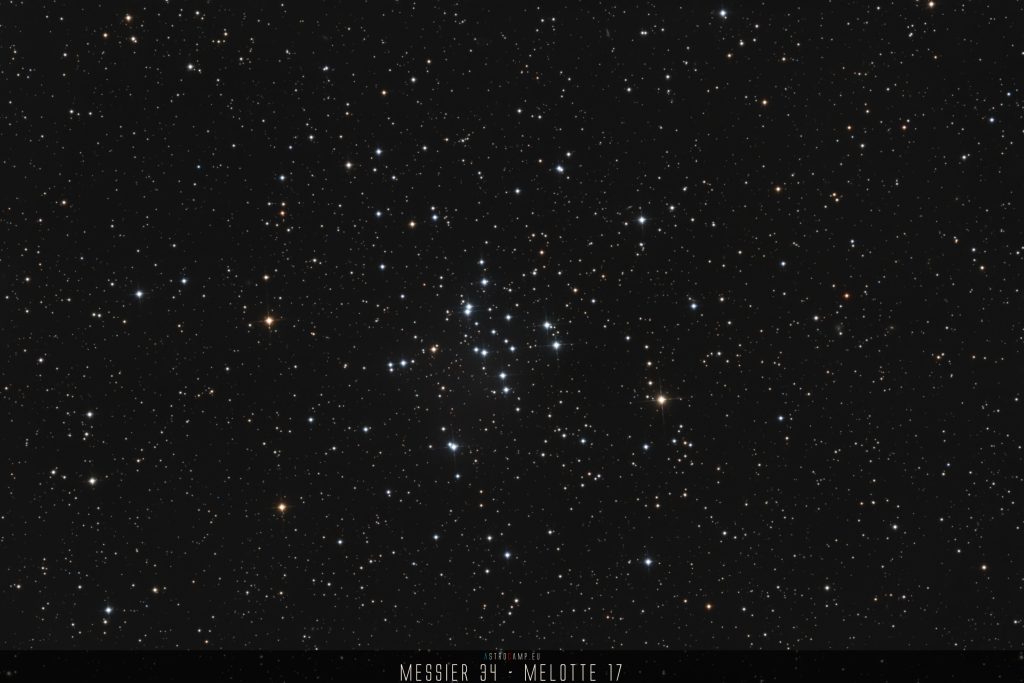
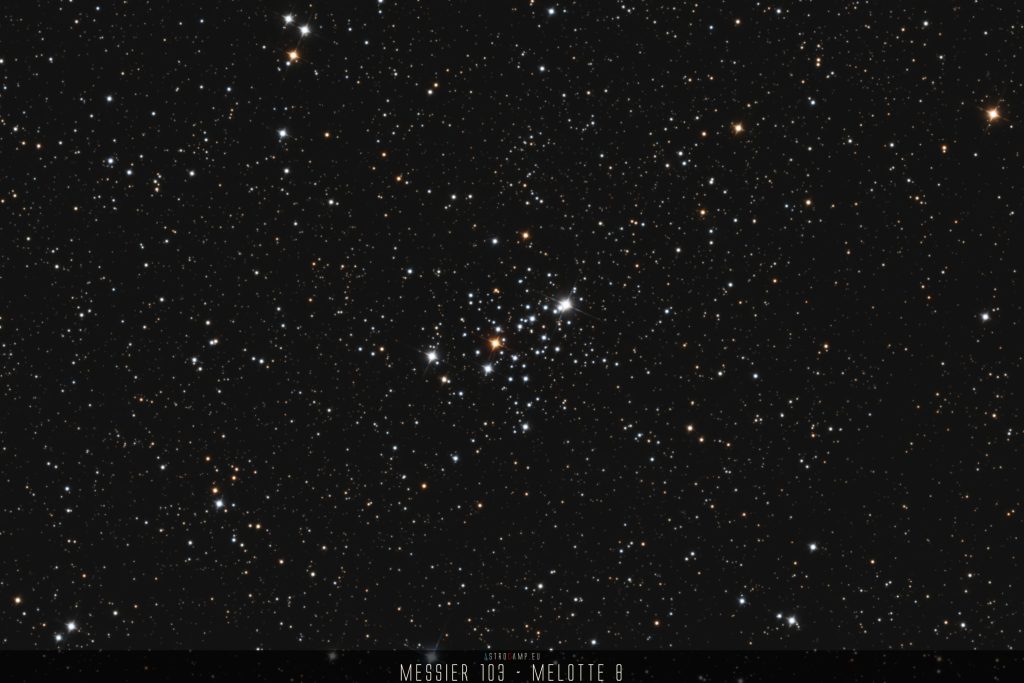
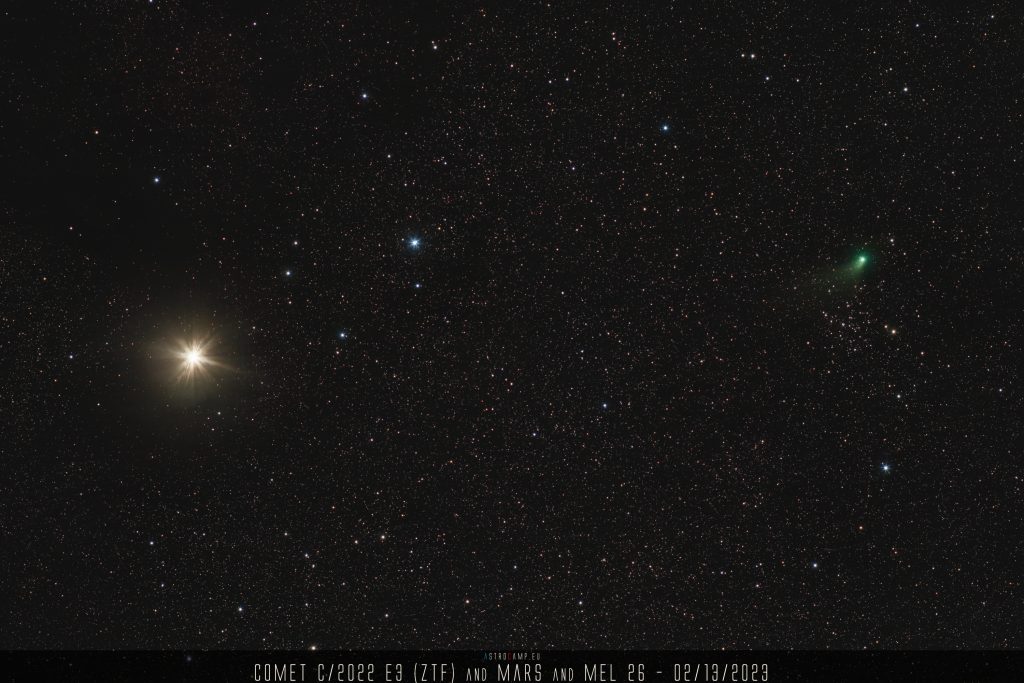
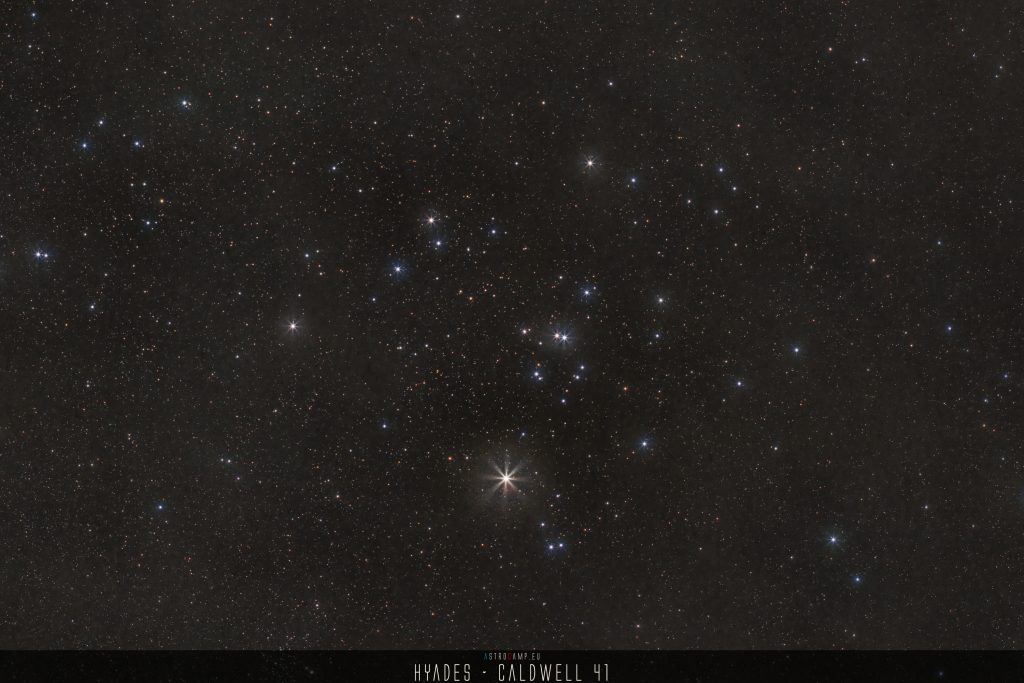
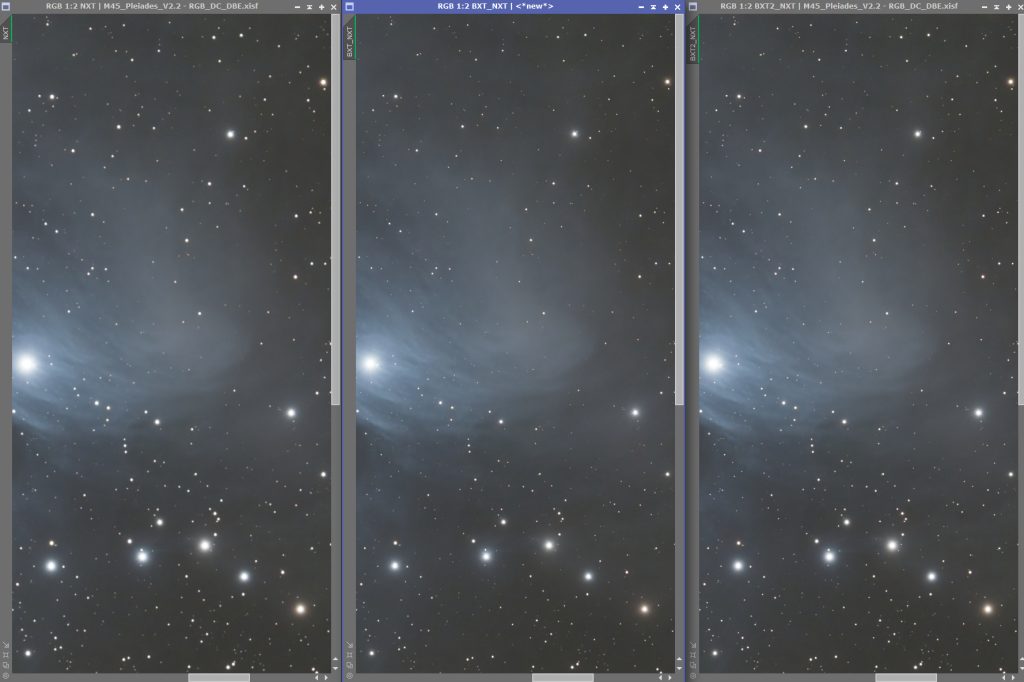
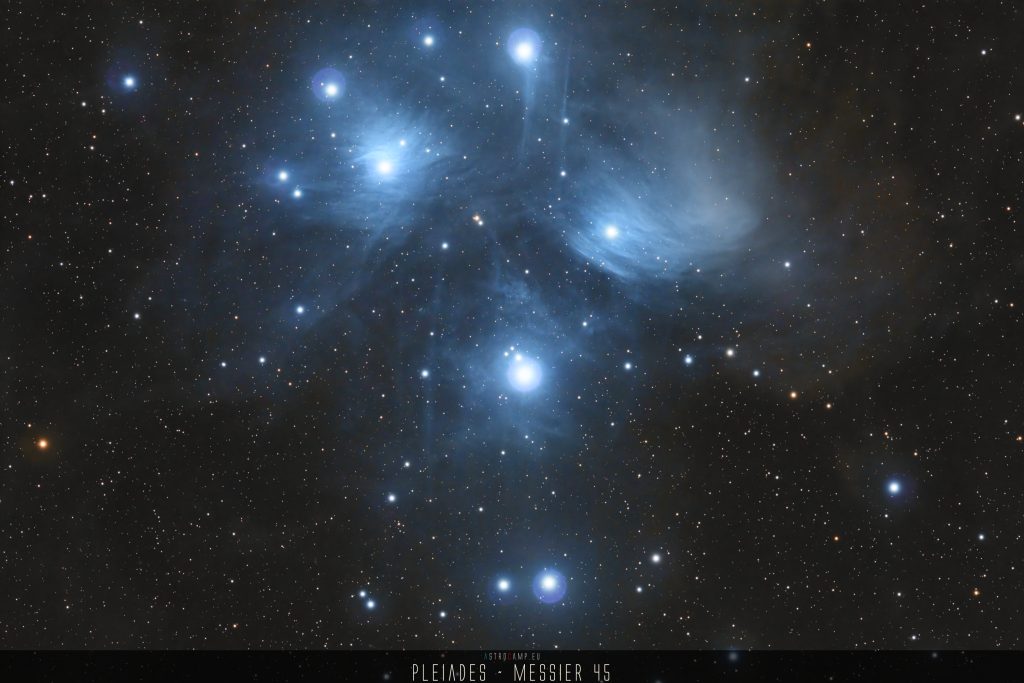
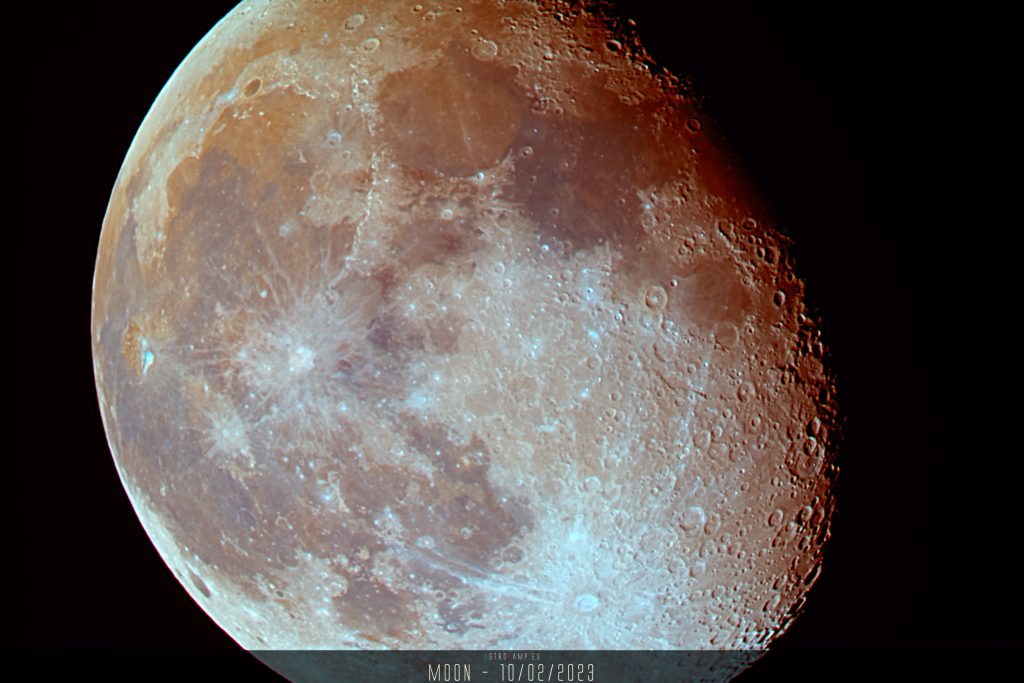
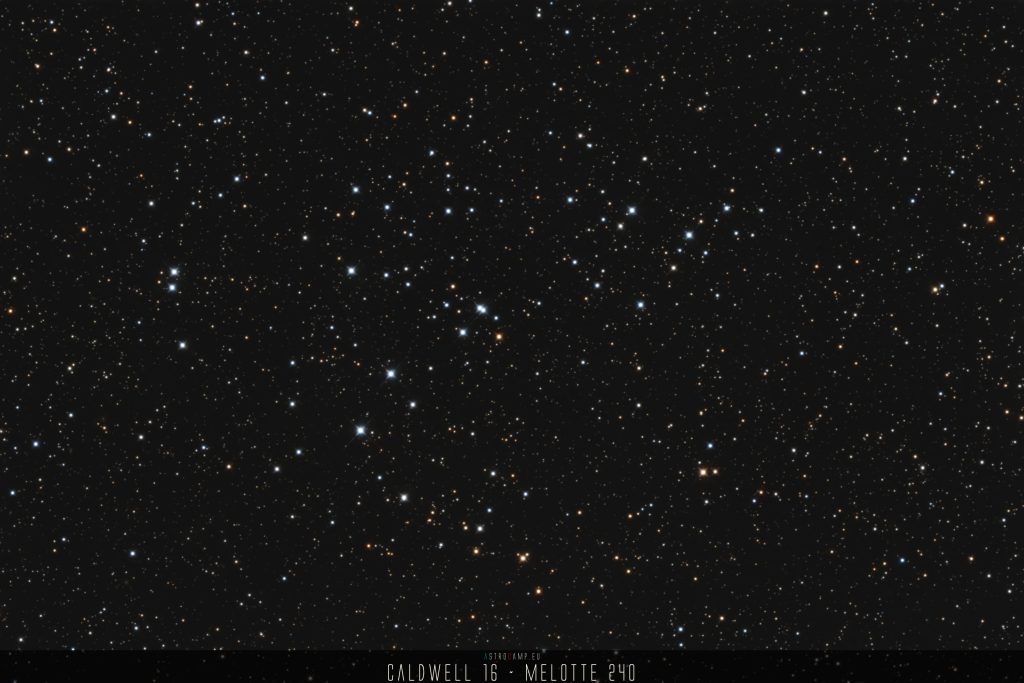
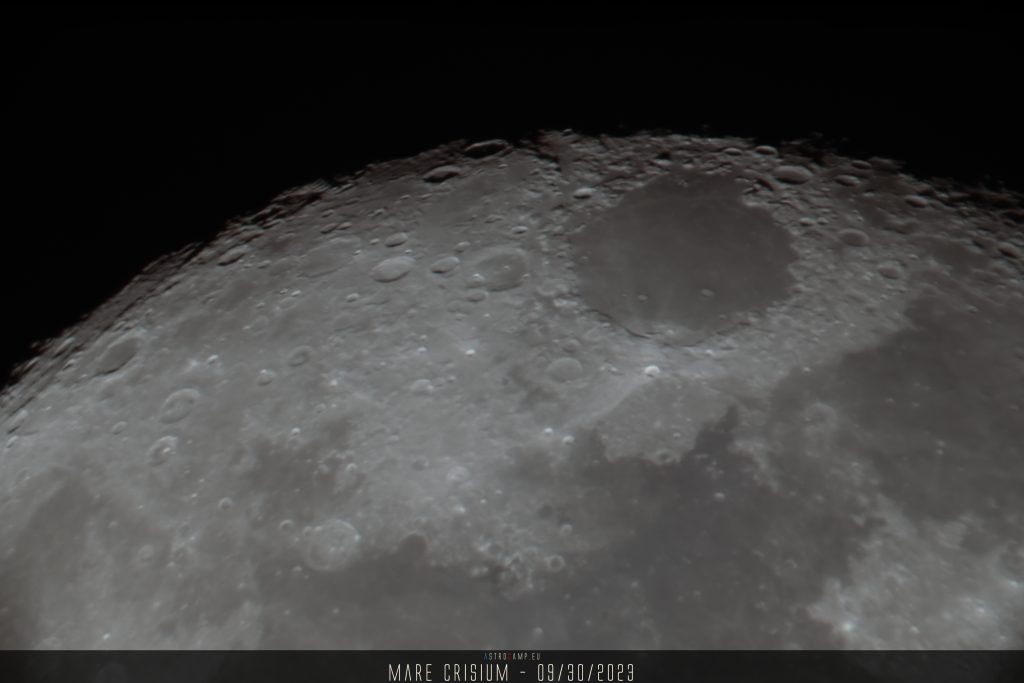
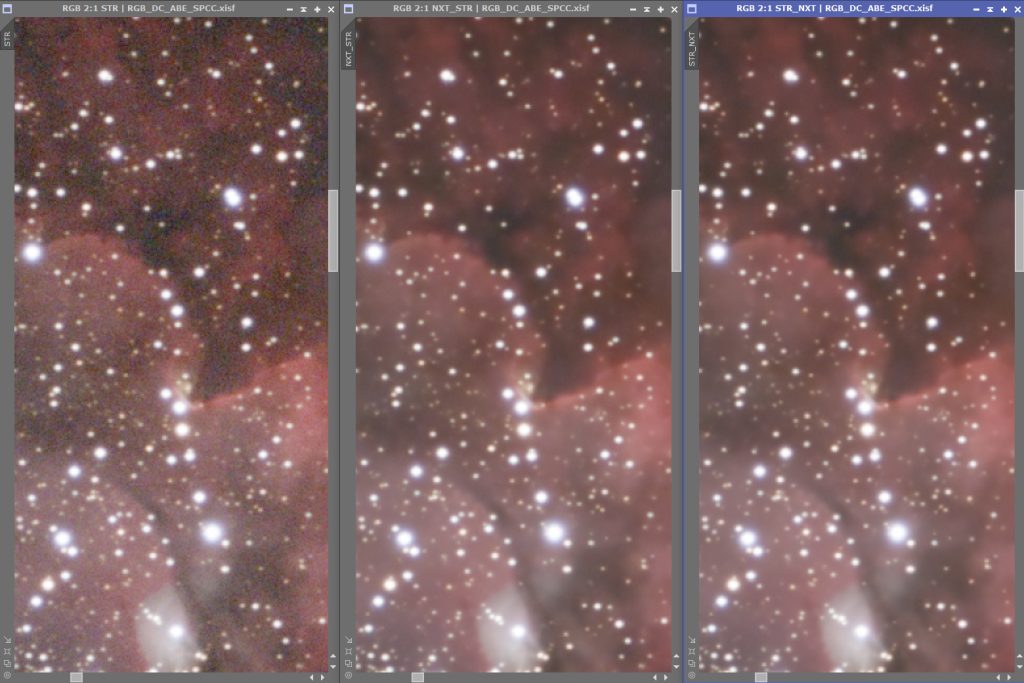
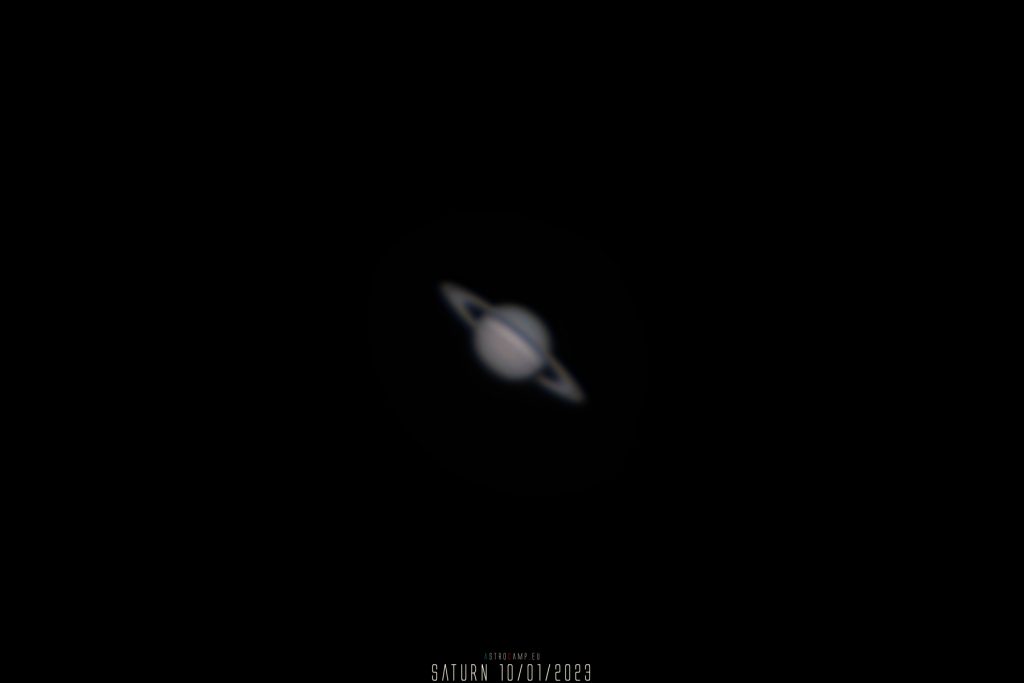
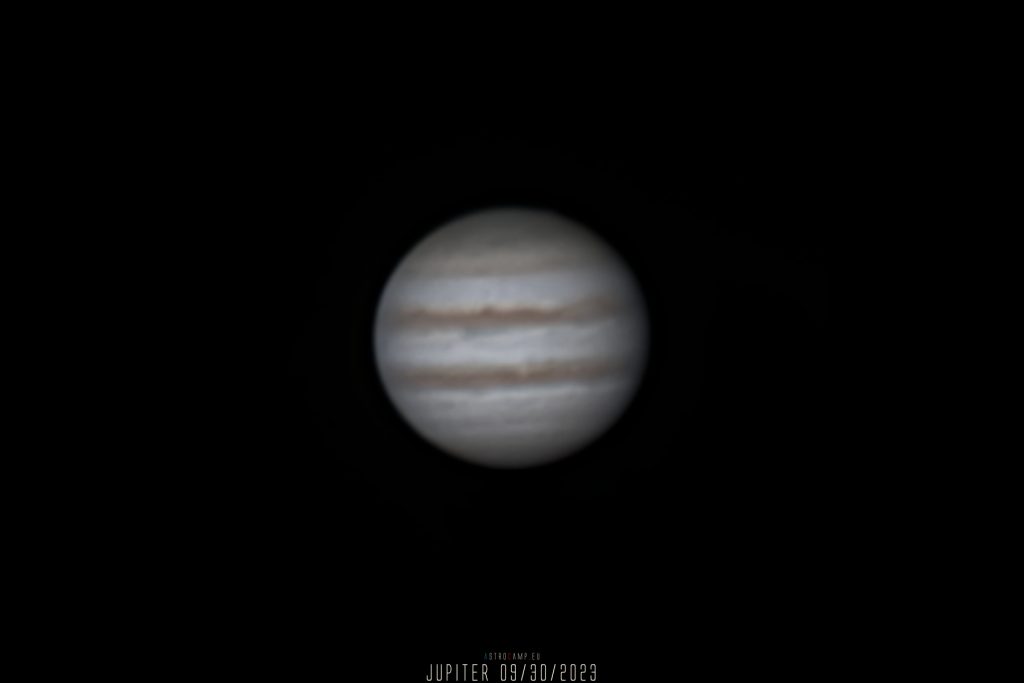
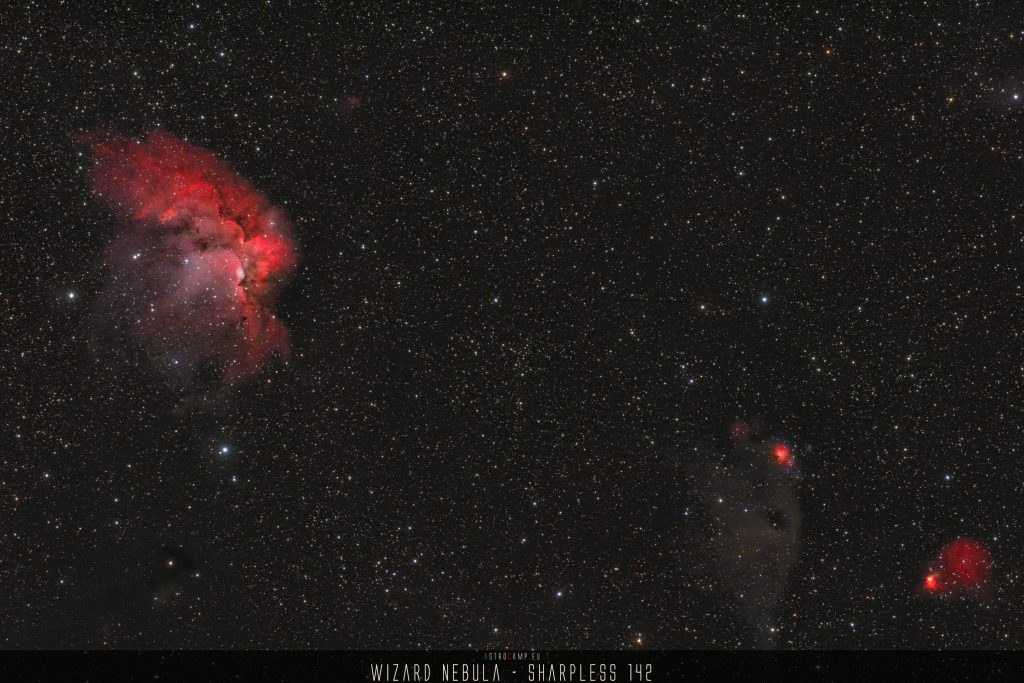
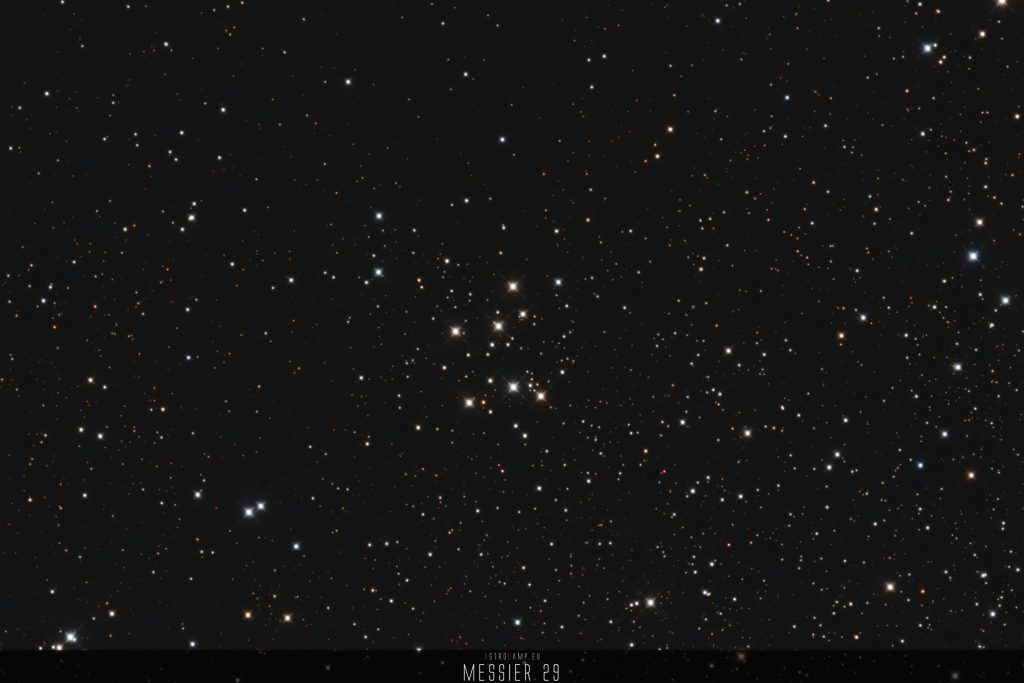
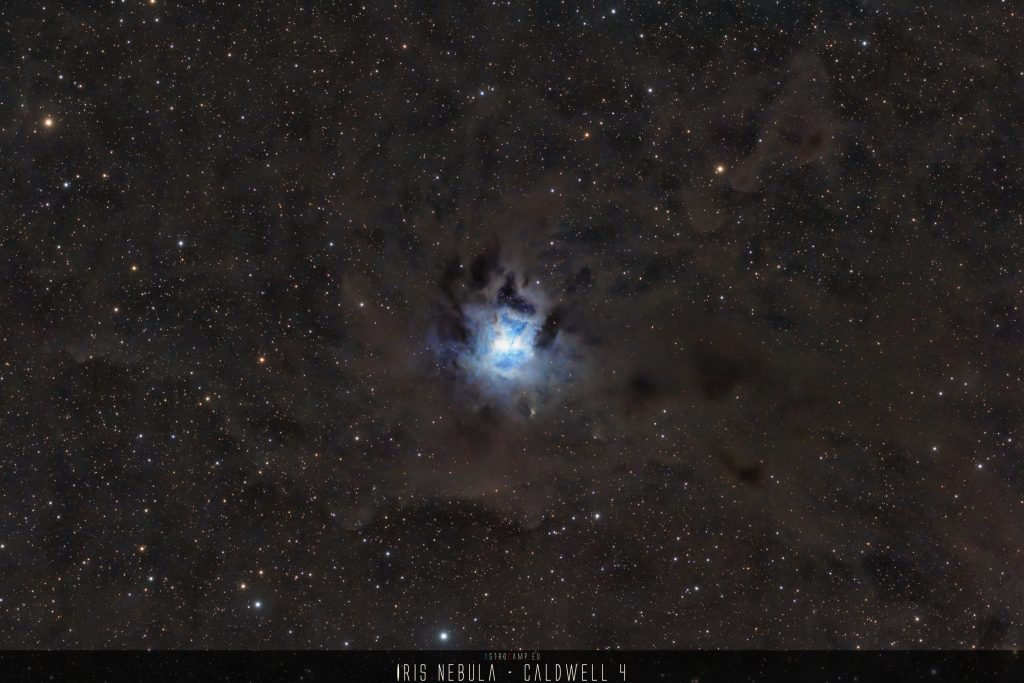
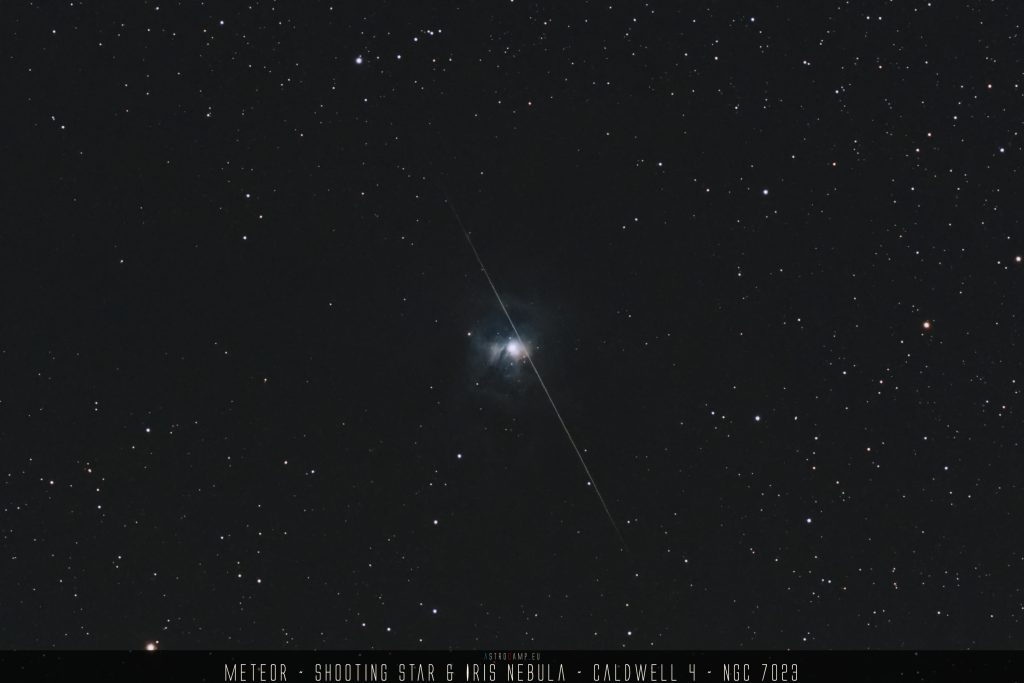
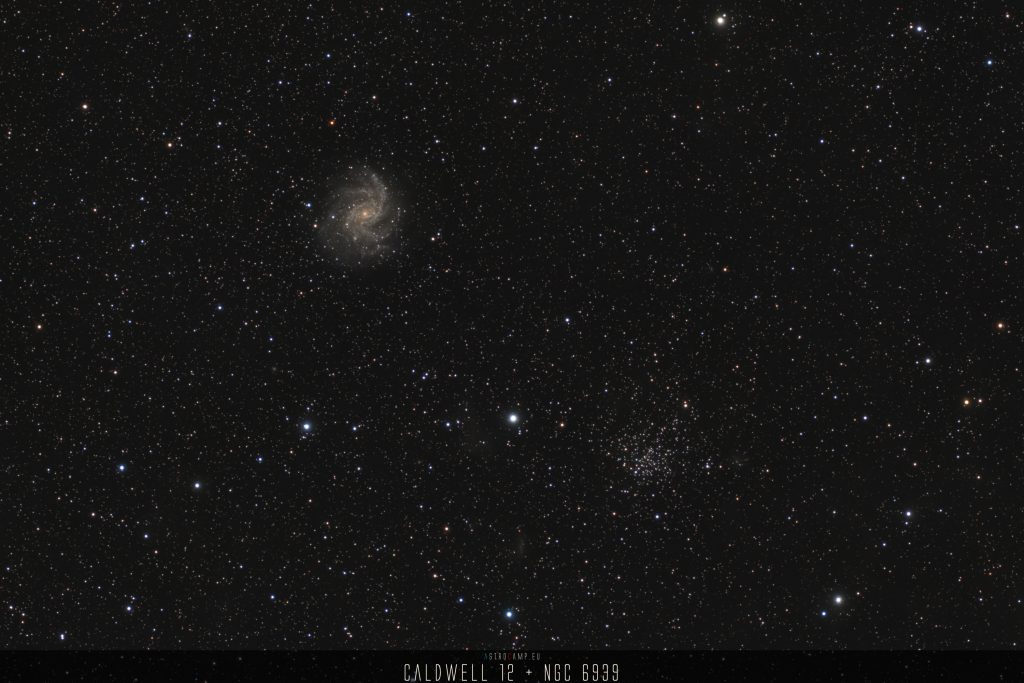
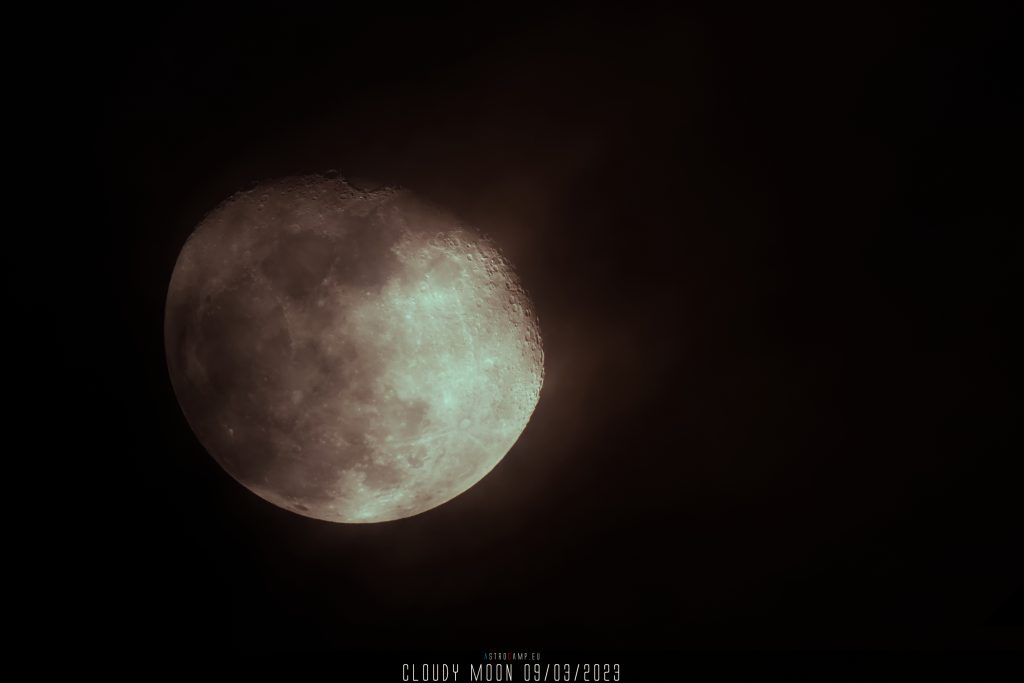
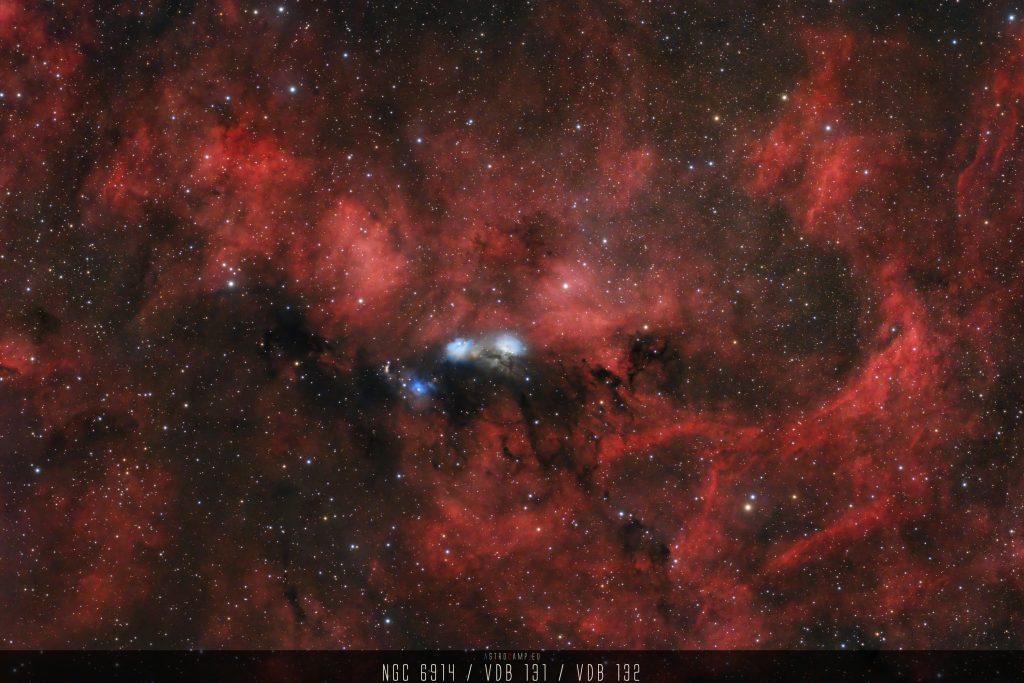
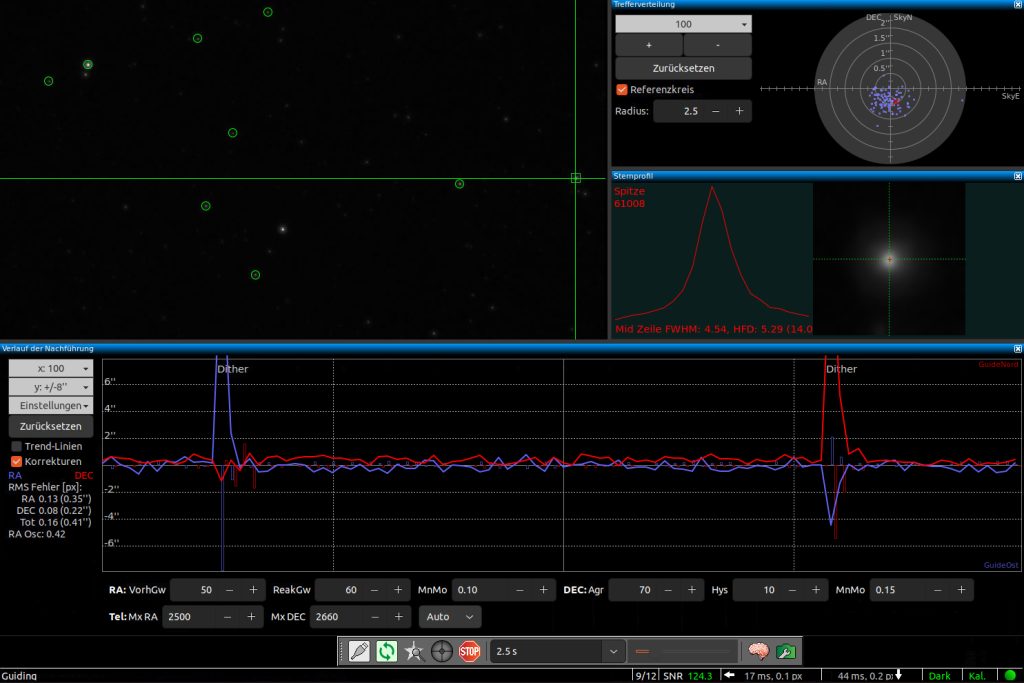
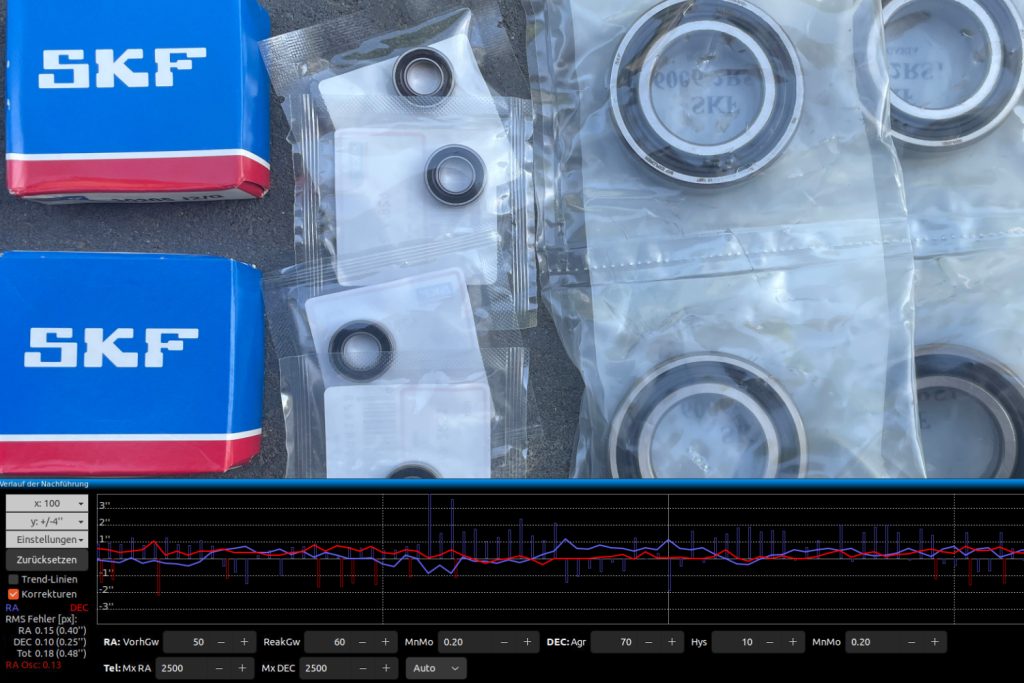
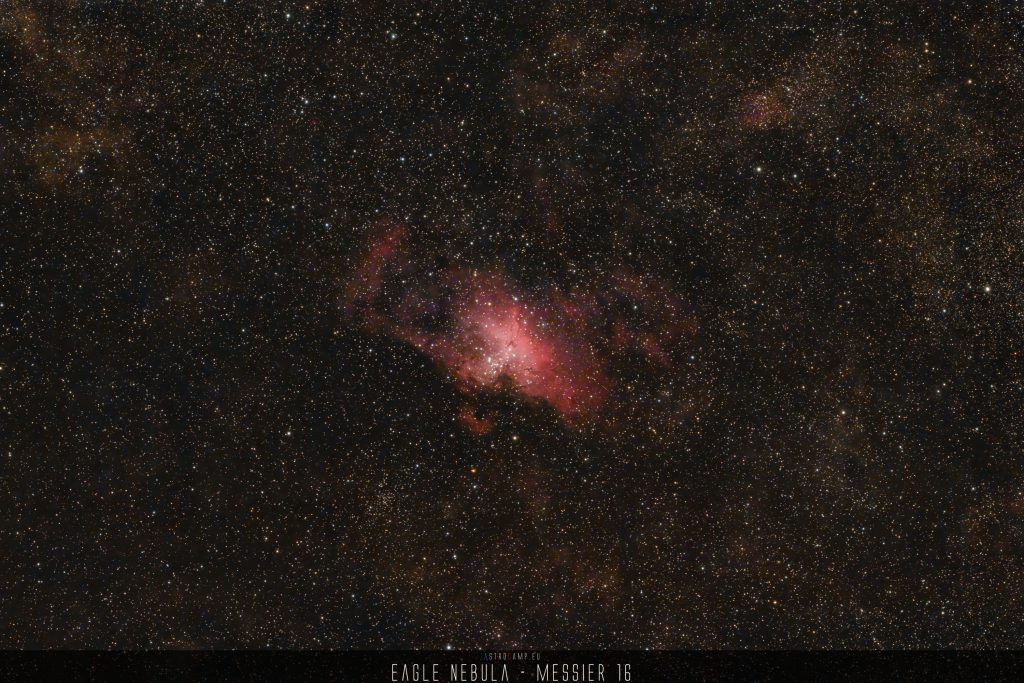

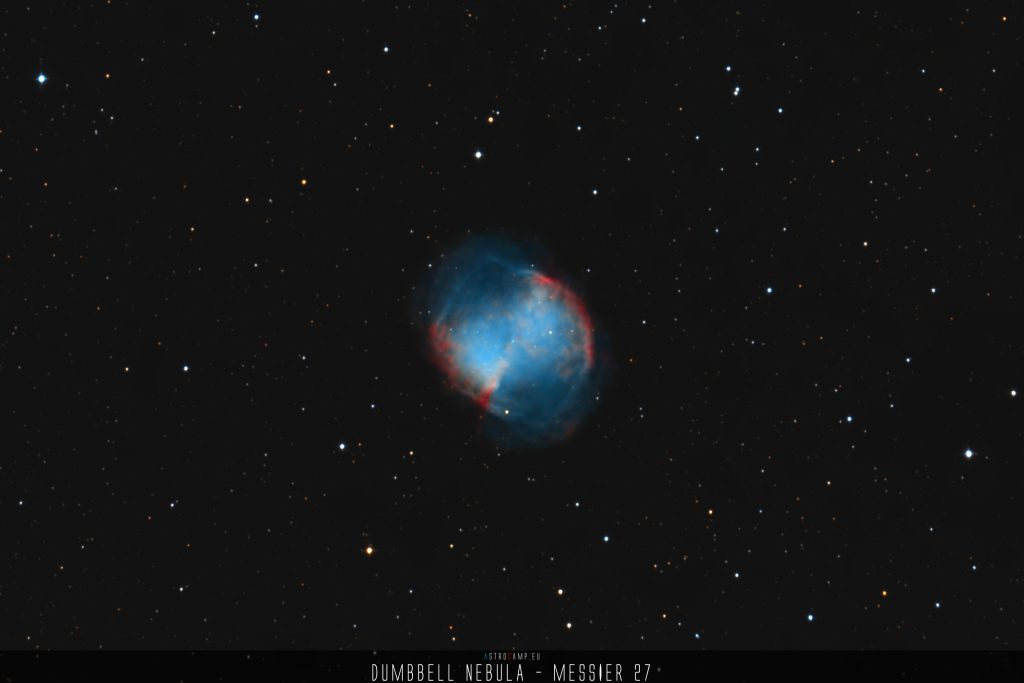
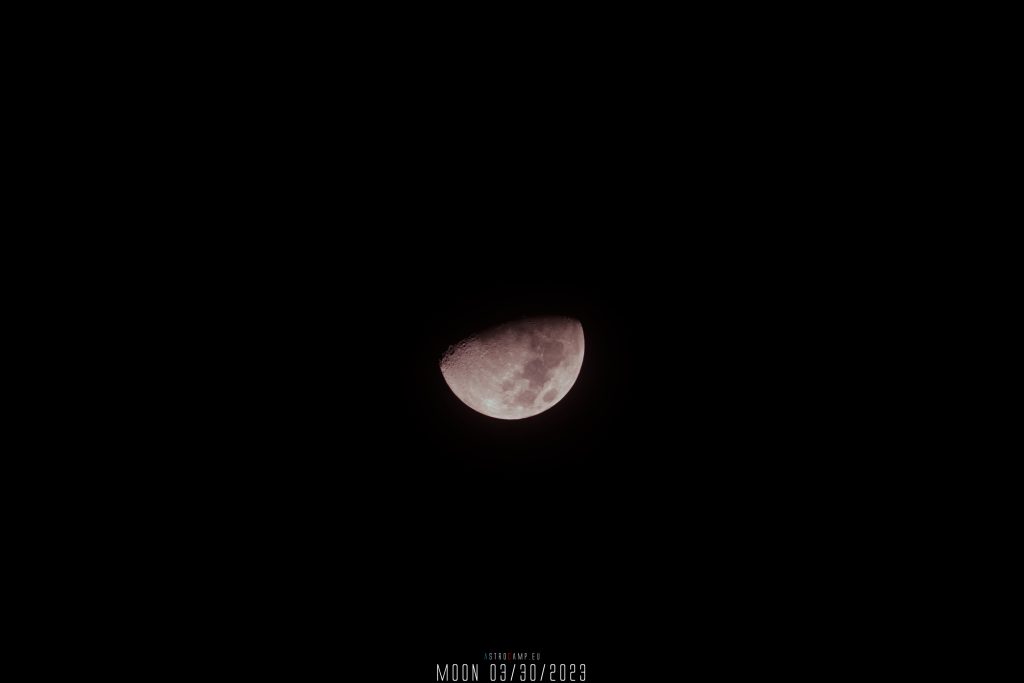
One reply on “Pegasus Astro Indigo OAG”
Thanks for your analysis on the Indigo OAG. I just got mine, and I still need to test it. I went through your blog, and I must say I like it. We are quite neighbors (I’m in Luxemburg) and maybe we could meet one day.